The problem is that Flickable and the derived ListView don't really provide any over-drag or over-shoot information in the cases where the visual behavior is disabled.
If dragging the visual over the beginning is not a problem for you, you can simply use the negated value of contentY which goes into the negative if the view is dragged before its beginning.
The only solution I can think of to not have any visual over-dragging but still get the over-drag information in order to drive your refresher is to set the view interactive property to false, and put another mouse area on top of that, and redirect drags and flicks manually to the now non-interactive view.
That last part might sound complex, but it isn't that complex, and I happen to know for a fact that it works well, because I have already used this approach and the source code is already here on SO.
So once you have access to the mouse area that controls the view, you can track how much you are in the negative, and use that information to drive the logic and animation of the refresher.
The notable difference between the implementation in the linked answer and what you need is that the linked answer has the mouse area in each delegate, due to the requirements of the specific problem I wanted to solve. You don't need that, you only need one single mouse area that covers the view.
